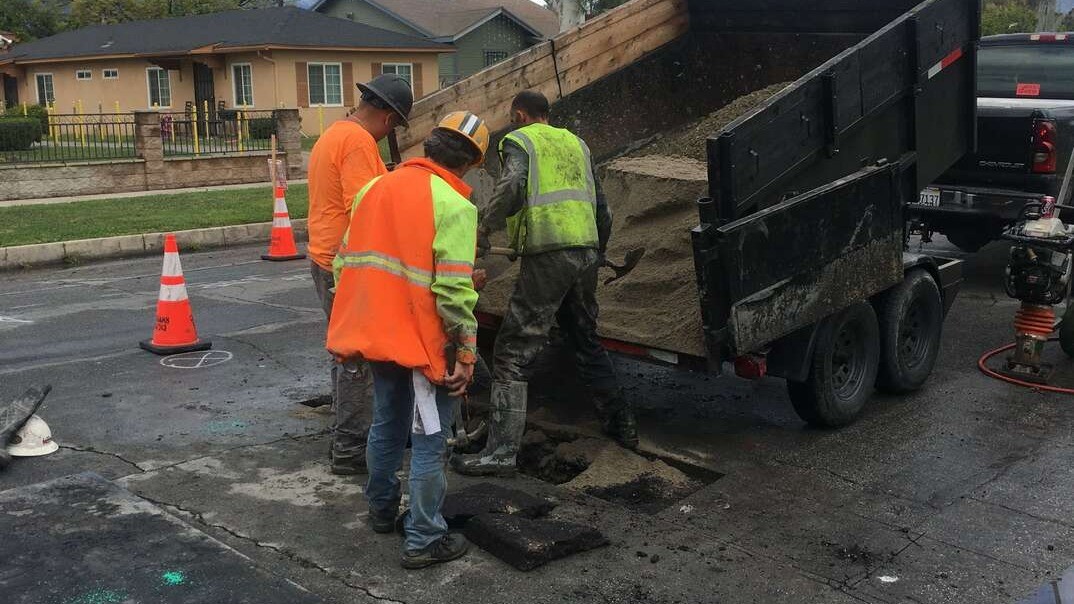
Questions I Get Asked About HomeServe
Tom Rusin
CEO at HomeServe North America
November 14, 2024
It’s no secret – I am exceptionally proud of what HomeServe provides to our customers: second-to-none customer service, a helping hand during one of life’s stressful times (a home repair emergency) and a tool to help offset unexpected repair costs. I’m equally proud to be part of a company that was founded on the ideal of operating with integrity and transparency, from our municipal and utility partnerships and contractor relationships to our day-to-day business operations and customer interactions.
Do we always get it 100% right on the first try? No, occasionally we fall short. But our customers, our partners and our contractors know that, if we fall short, we’ll do everything we can to make things right. That’s why we guarantee satisfaction on our plumbing, electrical wiring and HVAC repairs for an entire year – quite simply an industry best.
For starters, we don’t hide behind paid reviews like some companies in the industry. Not only are all reviews that we share honest reviews from real customers, but we also link to both our good and bad reviews. HomeServe believes that honest reviews are an important indicator of what we’re doing right and to help us find ways to improve. You can check out our reviews here.
Just as we operate transparently when it comes to our reviews, we bring that same level of transparency to our partnerships with more than 1,300 municipalities and utilities across North America.
There are a few questions I get asked most frequently about these partnerships. So, in the interest of transparency, I’d like to answer those questions.
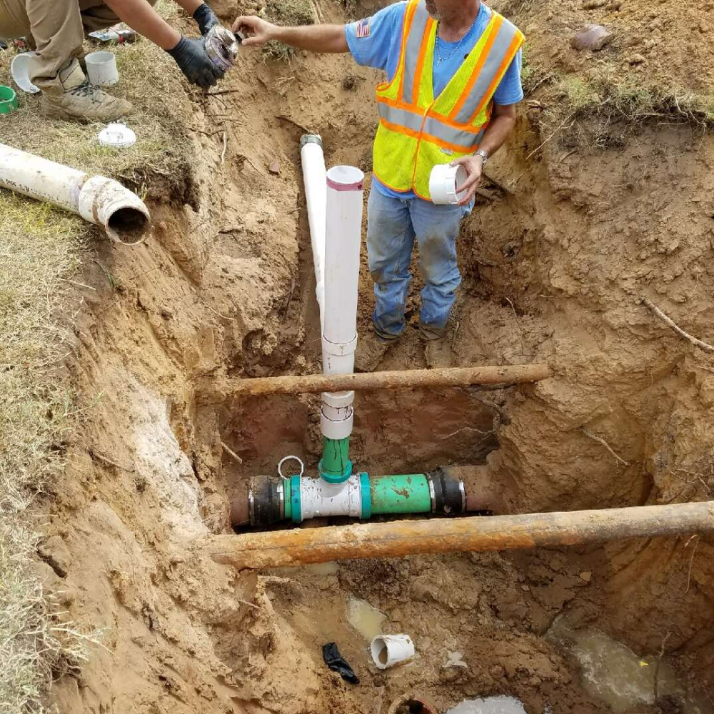
The "last mile" of infrastructure, or the wires and pipes that connect private homes to utilities, are often the responsibility of the homeowner, although they may not be aware of that fact.
Why do utilities and municipalities partner with HomeServe?
Through our partnerships, we work with municipalities and utilities to educate homeowners about their responsibility for the utility infrastructure that falls on their property, what is often referred to as the “last mile.” In most cases, homeowners are unaware that they are responsible for, and in fact own, this “last mile.”
That means you most likely own a big chunk of your water supply line, your sewer discharge line, most of your exterior electrical system (not the meter) and the gas piping from the outlet of the utility meter to appliances inside and outside of your home. These things fail. And a repair service plan is an optional way for homeowners to prepare for the cost that may come when a repair is necessary to this last bit of homeowner-owned infrastructure connecting homes to utility systems.
Our municipal and utility partners want to ensure their customers know what the utility’s responsibility is and what’s the homeowner’s. From the utility’s perspective, it’s complementary to their core service; helps to ensure homeowners know who to call when a home system breaks down; and helps protect their customers’ finances against unplanned repairs.
And I want to emphasize the word optional again. The decision to purchase a plan is always up to the individual homeowner.
Many people find great value in a service repair plan, which is why we have 4.6 million customers throughout North America. When a home repair emergency hits, our plan holders are relieved to know they have a tool to help them with the cost of repairs and don’t have to deal with finding a qualified and reliable contractor.
HomeServe’s annual survey shows that well over one-third of homeowners have $500 or less, or nothing, set aside for a home repair emergency. As you can imagine, a water line or sewer line replacement can go into the thousands. So, the optional plans can provide a useful tool to help homeowners during their time of crisis. And the plans from us don’t just cover the repair cost, we fully manage the whole repair from start to finish. It’s our version of the easy button.
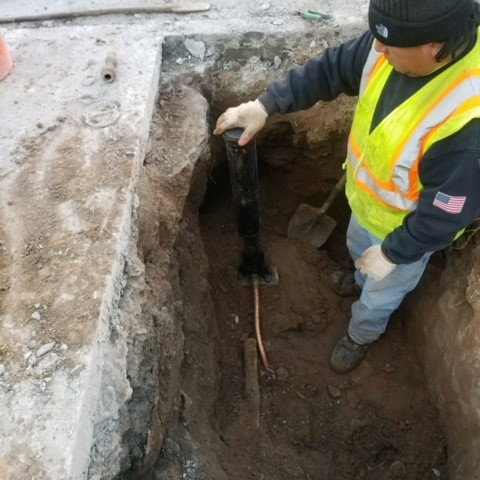
More than a third of Americans have $500, or less or nothing at all set aside for home repairs, while a service connection repair can cost thousands of dollars.
Why should a homeowner consider a service repair plan versus using an insurance product?
HomeServe has 4.6 million customers across North America, an A+ rating with the Better Business Bureau, and an average customer satisfaction rating of 4.8 stars out of 5 from those surveyed after receiving service. For over 20 years, we have administered service plans that cover critical parts of a home, from plumbing and electrical wiring to heating and cooling systems (HVACs). Over this time, we’ve saved our customers more than $2 billion in out-of-pocket repair expenses on these systems.
The reality is that these types of repairs – breakdowns just from normal wear and tear - are not typically covered under basic homeowner’s insurance.
Every day we hear stories from homeowners who were grateful to have a repair plan when an emergency struck. We also hear stories from folks who wished they had a plan like what we offer when an emergency struck them, like you can read about in this recent story out of Hamilton, Montana. FYI, we ultimately came in and helped this resident even though they didn’t have a plan with us.
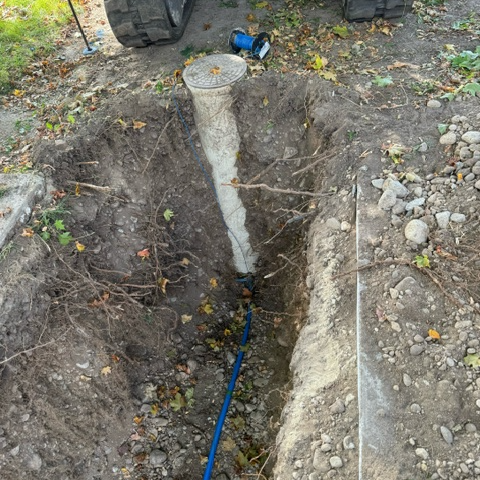
When HomeServe learned about the water service line repair this Montana homeowner was facing, we stepped in to assist, although they didn't have a plan with us.
Why does the mail I receive about a service plan include my municipality’s or my utility’s logo?
First, all mail that homeowners receive about the program is coming from HomeServe at our expense. We are the administrators of these programs. We work with partners, with their approval, to include their logo in the mailing to show that the program is a legitimate offer. In fact, we clearly explain the relationship between the partner and HomeServe in all mailing materials.
Just like in the Hamilton, Montana, story above, it is usually the utility or municipality that gets the phone call when one of these “last mile” systems fails. They are often faced with the unenviable task of explaining to the homeowner, who has now had a system fail, it’s going to be their responsibility and expense to fix it. I give all our partners huge kudos for being proactive and taking positive steps to try and educate their customers … before they have a problem and are left with a big surprise expense.
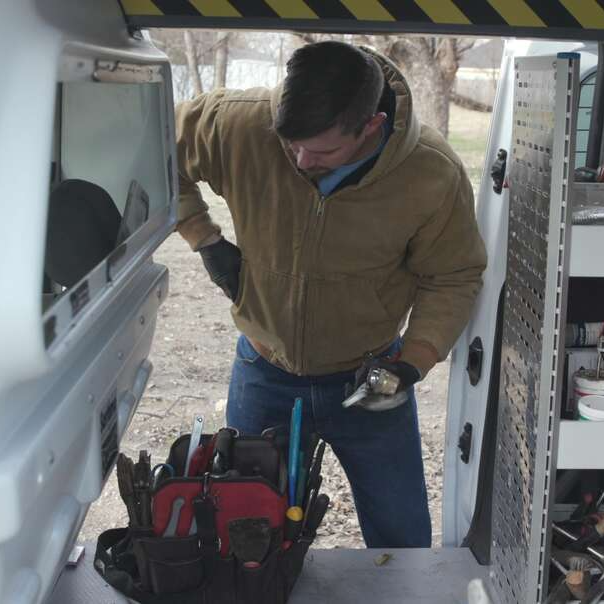
HomeServe partners with more than 1,300 municipalities and utilities across North America to provide educational materials and optional home repair plans at no cost to our partners.
What percentage of plan holders request a service call?
With a product like homeowners’ insurance or car insurance, most policyholders do not file a claim in a given year. But they understand the value of having coverage and knowing they will be covered if needed. The same is true for a service repair plan from HomeServe. You hope you don’t need it but are darn glad you have it when you do!
Across our business, we are in one of our customers’ homes performing some type of repair, on average, every 46 seconds. The peace of mind knowing that you are protected when something arises is extremely valuable. With the modest cost of a service plan from HomeServe, homeowners could still see financial benefit if a service line needed a replacement after a couple of decades versus saving the modest monthly fee.
HomeServe's partner contractors are in a customer's home, on average, every 46 seconds to perform a repair. We partner with plumbers, electricians and HVAC technicians to service these whole-home systems.
This article was originally published on November 14, 2024 as a LinkedIn post and can be found here.